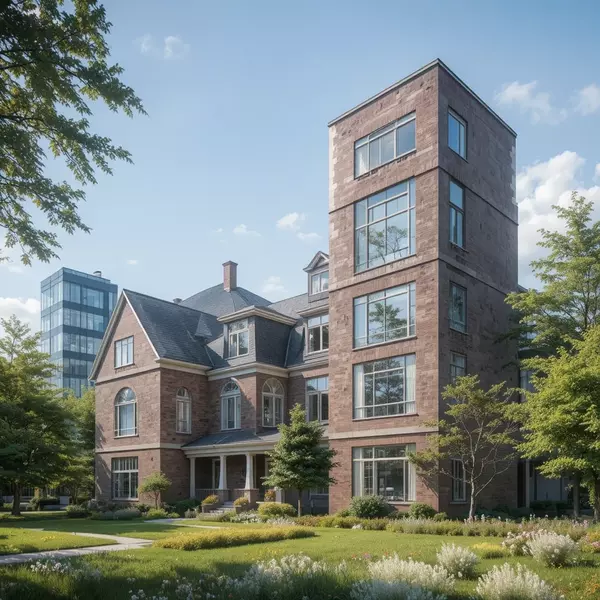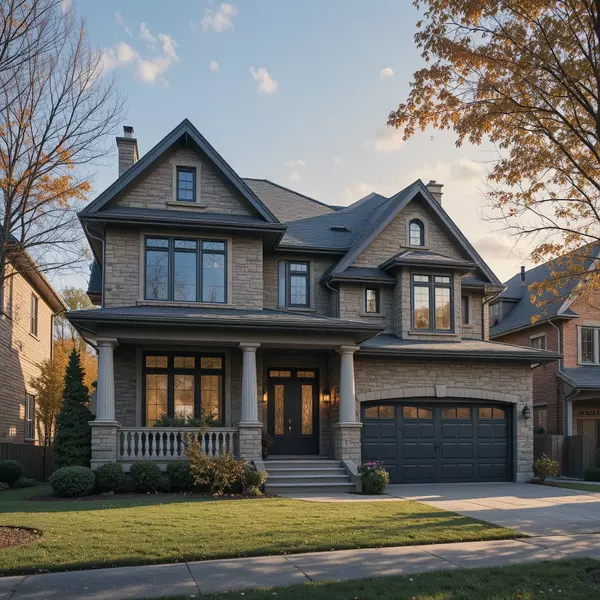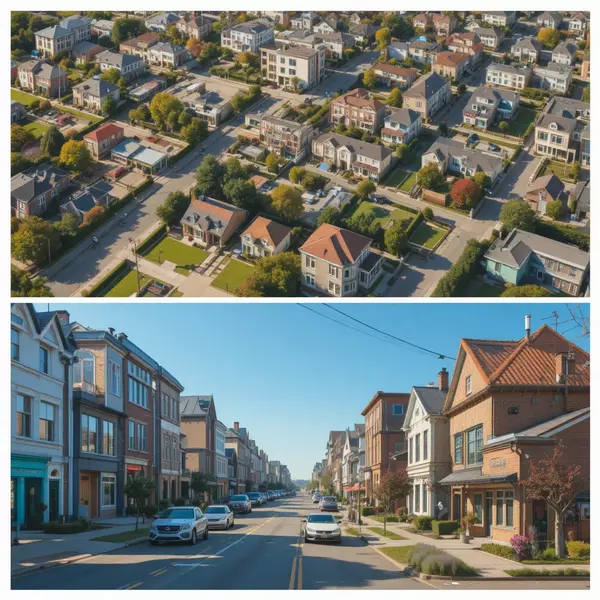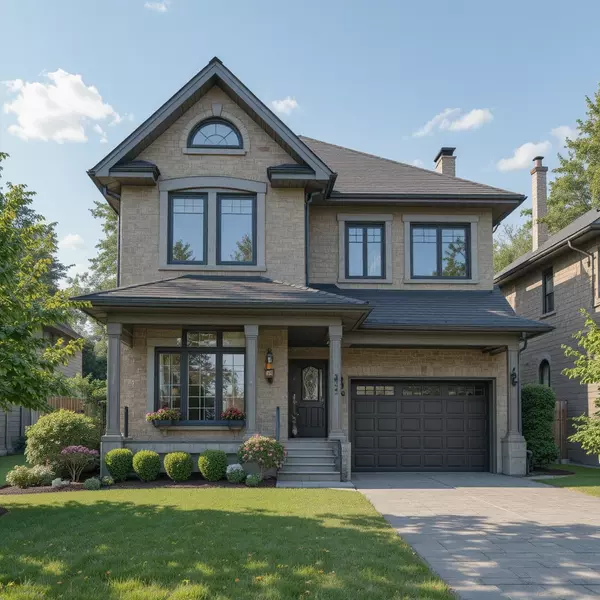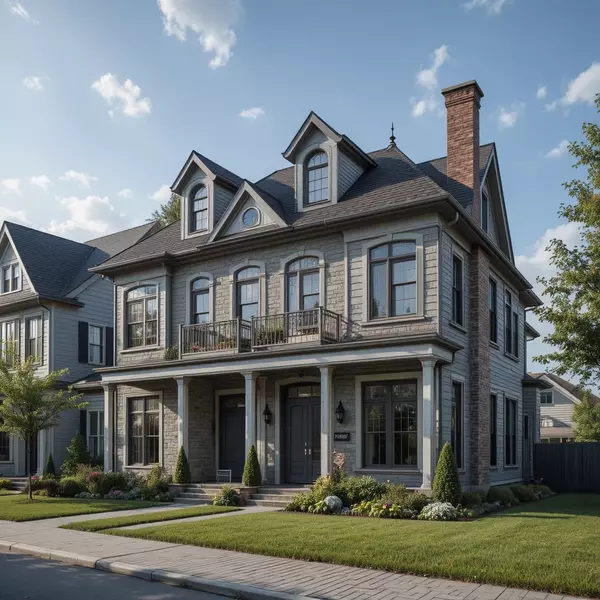Should You Renovate Before Selling Your Home

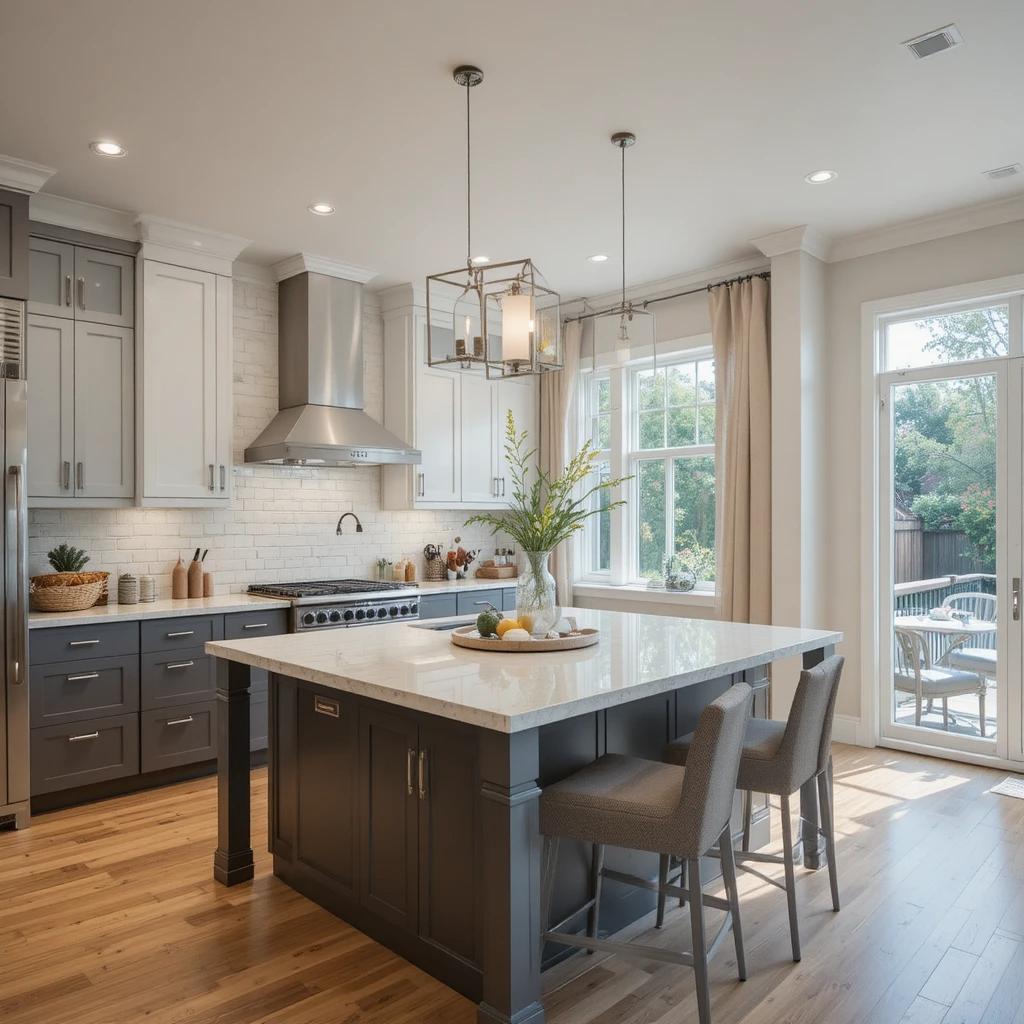
It's the age-old question every homeowner faces when preparing to list: Will spending money on a renovation now translate into a higher sale price later? The instinct is often to pour money into upgrades, believing a shiny new kitchen is a guaranteed return. However, this is one of the most common pitfalls in real estate. The decision to renovate before selling is a high-stakes calculation that must weigh potential Return on Investment (ROI) against the cost, time, and risk of over-improving for a market. For many, a strategic plan that focuses on high-impact, low-cost fixes will yield far better results than a costly, deep renovation that may not appeal to the target buyer.
The first and most important distinction to make is between renovations and necessary repairs. Buyers often use visible maintenance issues like a leaky faucet, peeling paint, or a dated, functioning furnace as leverage to negotiate down the price significantly. Investing in essential maintenance and system fixes (e.g., roof repair, HVAC servicing) is not about increasing value, but about preserving value and preventing deals from falling apart during inspection. These non-negotiable fixes should always be prioritized over cosmetic renovations, as they remove risk and build buyer confidence.
When considering true renovations, the focus must shift to projects with the highest historical ROI. Major structural changes, custom luxury additions, or full remodels of a perfectly functional space rarely pay for themselves. Instead, sellers should concentrate on minor kitchen and bathroom refreshes. This might involve painting cabinets, replacing outdated hardware, installing new light fixtures, and upgrading to neutral-toned countertops. These targeted updates offer a modern, clean feel that appeals to the widest possible audience while requiring a fraction of the budget of a full tear-out.
Often, the greatest impact comes from cosmetic improvements and staging. Buyers are heavily influenced by the immediate perception of a home. Simple, cost-effective measures like applying a fresh coat of neutral paint throughout the interior, decluttering every room, and ensuring excellent lighting can transform a home's atmosphere. Furthermore, professional staging helps buyers envision themselves living in the space. These steps create a welcoming environment that broadens market appeal and allows prospects to focus on the home's features, not its flaws.
The decision must always be grounded in a deep understanding of the local real estate market conditions and the target demographic. If you are selling a home in a hot market where buyers are scrambling for inventory, extensive renovations may be unnecessary, as buyers are often willing to take on projects themselves. Conversely, in a slower market, a turn-key, perfectly presented home gains a competitive edge. Crucially, don't over-improve: if your house is destined to sell to a first-time buyer with a limited budget, installing high-end, luxury finishes will likely exceed the neighborhood ceiling and yield a negative ROI.
In summary, homeowners preparing to sell should follow a clear hierarchy of investments. First, fix everything broken to secure the home's base value. Second, perform low-cost, high-impact cosmetic upgrades that emphasize cleanliness and neutrality. Only after these steps should you consider small, targeted refreshes to kitchens and baths. Before lifting a hammer, always consult with an experienced local real estate agent. Their expertise will guide you to spend only where it counts, ensuring you maximize your profit and achieve the fastest possible sale without unnecessarily depleting your capital.
Categories
Recent Posts
